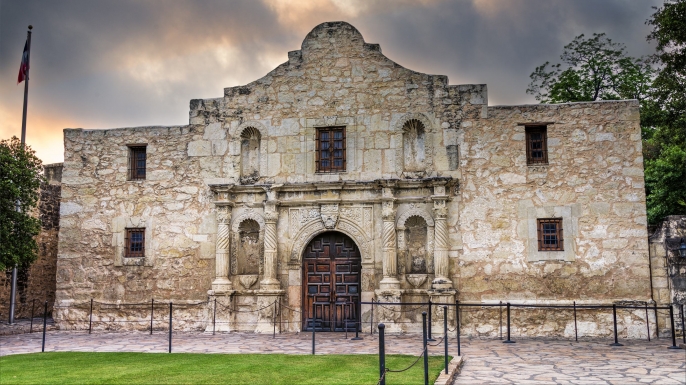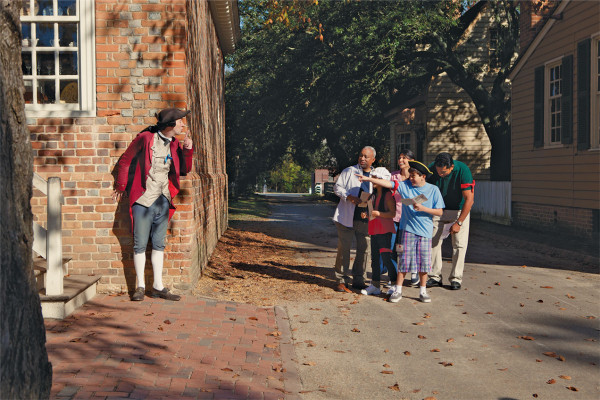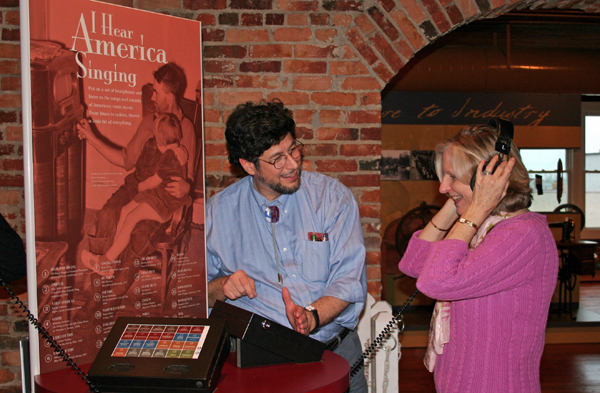How Historical Attractions Are Staying Relevant
Posted by Sasha Bailyn on Friday, November 27th, 2015
 The Texas Legislature recently appropriated over $31 million dollars to support upgrades at the Alamo. Just a few sites have the importance and notoriety of the San Antonio historical attraction. Among the planned upgrades are facilities improvements, structural repairs and preservation investments. A design team is also exploring the potential for improvements in the plaza around the attraction to enhance the visitor experience. The Alamo project throws an important challenge into stark relief: how many historical attractions need fundamental upgrades.
The Texas Legislature recently appropriated over $31 million dollars to support upgrades at the Alamo. Just a few sites have the importance and notoriety of the San Antonio historical attraction. Among the planned upgrades are facilities improvements, structural repairs and preservation investments. A design team is also exploring the potential for improvements in the plaza around the attraction to enhance the visitor experience. The Alamo project throws an important challenge into stark relief: how many historical attractions need fundamental upgrades.
In addition, there’s a looming question of whether these attractions are poised to compete with all the other entertainment and educational options out there from an engagement perspective. How do historical attractions – especially smaller ones that aren’t of clear national importance – stay relevant on small budgets and with limited staff? Here’s a closer look at some of the key issues and examples of historical attractions using storytelling and technology to create a more compelling guest experience.

In one recent example, guests gathered around a woman in a stiff white bonnet at Colonial Williamsburg. She handed kids a wheel cipher, a code device invented by Thomas Jefferson. It was part of “RevQuest,” an interactive spy-themed game that positions guests as secret agents set to decipher codes and learn the secrets of the Crown all for one purpose: to save the American Revolution. There are different storylines each year. RevQuest: The King’s Advance is an experience that begins online and winners can pick up onsite prizes or secret mission orders during their visit to the Colonial Williamsburg. RevQuest stands out for its integration of story and theming, and using the game as a way to encourage guests to interact with actors and the historic environment around them.

Yet it’s important to note different calibers of historical attractions. Certain ones are on the National Register of Historic places or are a pride of place for a city or state. For these attractions, access to resources is easier to come by and the overall condition and experience can be preserved. The Smithsonian, however, has identified that small, local attractions are at the highest risk of being left behind as budget and human resource challenges prevent them from embracing major technology upgrades.
In response, they joined the number of state and national institutions working with local museums and history centers to help upgrade the experience that they offer guests. The Smithsonian’s Museums on Main Street is an important initiative that brings quality exhibits to help invigorate local venues. Museums on Main Stream is a program that directly engages small town audiences and brings revitalized attention to underserved rural communities through their own Main Street museums, historical societies and other cultural venues.

History attractions have multiple elements to consider for updates and investments. Attractions can range from a historic house in Oregon dating from the time of frontier settlement with buildings and grounds to Plymouth Rock, where the Pilgrims are supposed to have landed in the 1620s. Preservation of the site itself and related artifacts is a top concern. However, many examples of improving historical attractions move beyond basic preservation and infrastructure.
Curators and exhibit managers are striving to find ways to bring history alive. From apps that help add a layer of character to the environment to 3D renderings of a prehistoric environment, technology is helping to create more engagement and excitement. In fact, while many would argue that preservation and facilities upgrades are the most critical issue, there’s a strong argument to be made for investing resources in upgrading the guest experience as well.
Rooms filled with musty artifacts rarely captivate guests, and historical attractions have a wealth of history and story to build on through theming. Whether you’re creating interactive experiences, thematic games or using technology to see more efficiently into the past, even the smallest venues need to ask what they can do to help bring history to life. Younger generations are relying on these institutions to help build enduring ties with the past. And the more we’re able to show younger visitors that the past can be engaging – whether it’s local history or sites of national importance – the easier it will be to cultivate support for these investments in the generations ahead.



 Sign Up For Our Newsletter
Sign Up For Our Newsletter 



